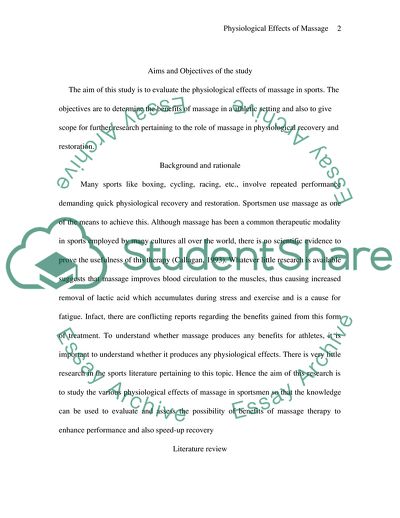Cite this document
(Physiological Effects of Massage in Sport Research Paper, n.d.)
Physiological Effects of Massage in Sport Research Paper. https://studentshare.org/health-sciences-medicine/1725872-physiological-effects-of-massage-in-sport
Physiological Effects of Massage in Sport Research Paper. https://studentshare.org/health-sciences-medicine/1725872-physiological-effects-of-massage-in-sport
(Physiological Effects of Massage in Sport Research Paper)
Physiological Effects of Massage in Sport Research Paper. https://studentshare.org/health-sciences-medicine/1725872-physiological-effects-of-massage-in-sport.
Physiological Effects of Massage in Sport Research Paper. https://studentshare.org/health-sciences-medicine/1725872-physiological-effects-of-massage-in-sport.
“Physiological Effects of Massage in Sport Research Paper”. https://studentshare.org/health-sciences-medicine/1725872-physiological-effects-of-massage-in-sport.


